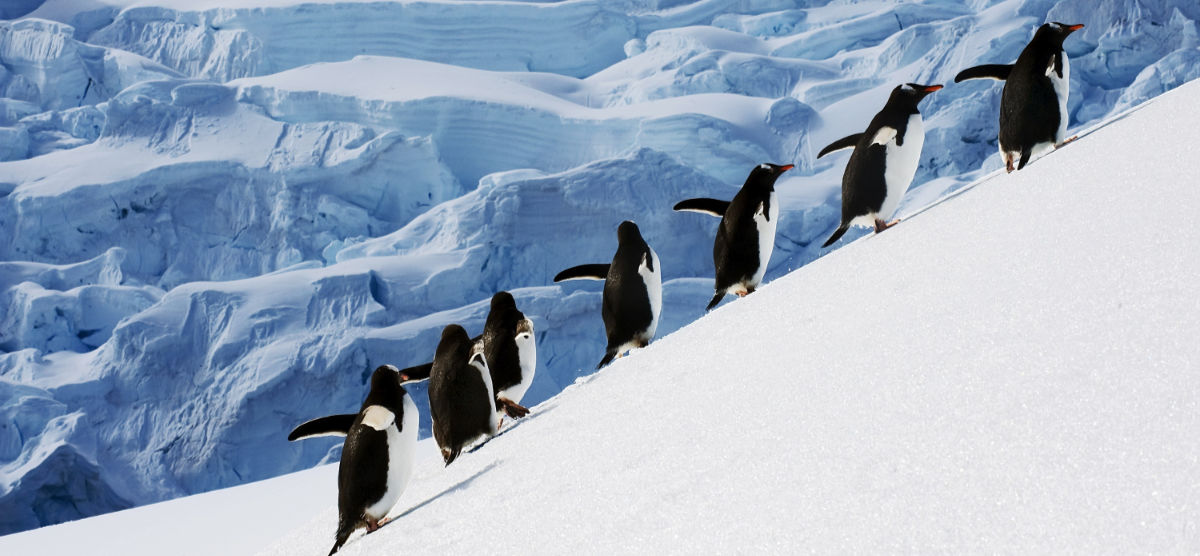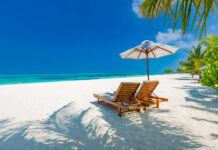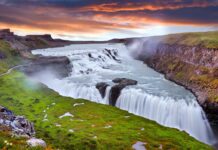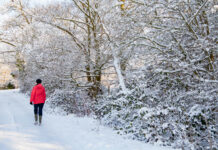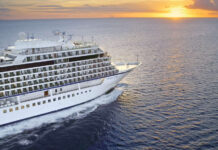Perhaps it’s the way they waddle on two feet, or maybe it’s just their generally comic behaviour. Whatever the reason, penguins are eternally endearing – and seeing them in their natural habitat is a top 10 wildlife experience.
Best places to see wild penguins
In honour of today’s Penguin Awareness Day, we’ve selected the best places to encounter the 17 different penguin species around the globe.
Antarctica

A true Mecca for penguin fans, this is where you’ll find the largest populations. Adélies, gentoos, macaronis and chinstraps can all be seen on cruises to the seventh continent, although you’ll need to travel to Snow Hill and beyond to stand any chance of glimpsing an emperor.
Like black and white beanie babies with stick-on googly eyes, and a lolloping gait that’s graceless even by penguin standards, the Adélie trundles through life with no apparent knowledge of its surroundings.
Scott of the Antarctic came into regular contact with the penguins during his fateful final voyage, and surviving crew members wrote of their “fatuous conduct…devouring curiosity, and pig-headed disregard for their own safety.”
For king penguins, book a cruise that includes stops in South Georgia or the Falkland Islands, where you can also find rockhoppers.
Patagonia
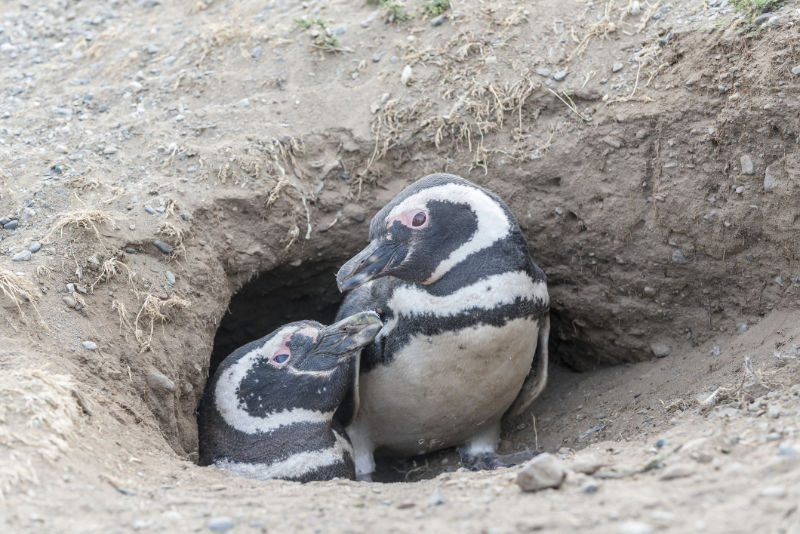
If a polar cruise is beyond your budget, opt for a trip to the bottom tip of South America; you’ll find ice fields, glaciers and Magellanic penguins. Chile’s most important colony live on Isla Magdalena, easily reached from Punta Arenas. In Argentina, head to the rookery at Punta Tombo. Magellanic penguins are medium-sized penguins that can grow to be 30-inches tall and have two black bands between the head and the breast, with the lower band shaped in an inverted horseshoe.
South Africa
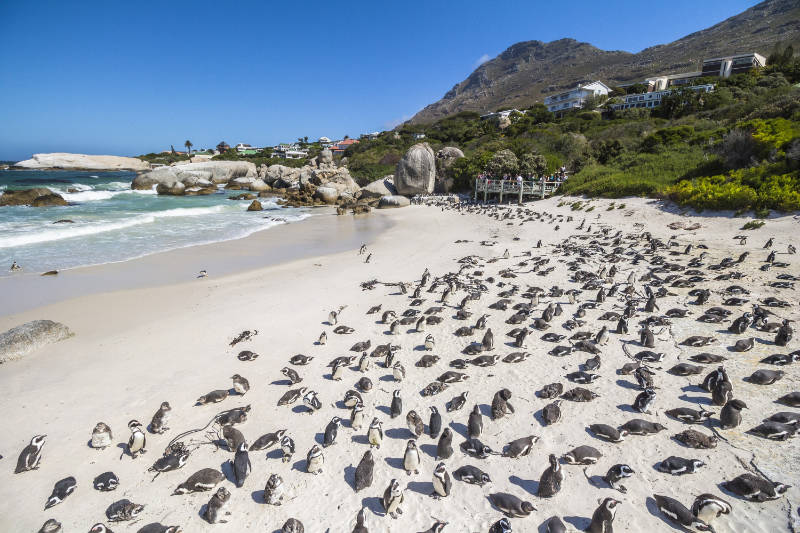
Think penguins only like cold places? Wrong – they’re partial to a bit of beach action, too.
Found all the way around the African cape, stretching north into the desert nation of Namibia, the subtropical African penguin prefers sand to snow, and must contend with African predators like mongooses and caracals. A tolerant species that will allow tourists almost within touching distance, African penguins are nearly as endearing as they are bizarre.
On Boulders Beach, a 50-minute drive from Cape Town, African penguins huddle below a wooden walkway, where visitors can watch without creating disturbance.
Galapagos Islands, Ecuador
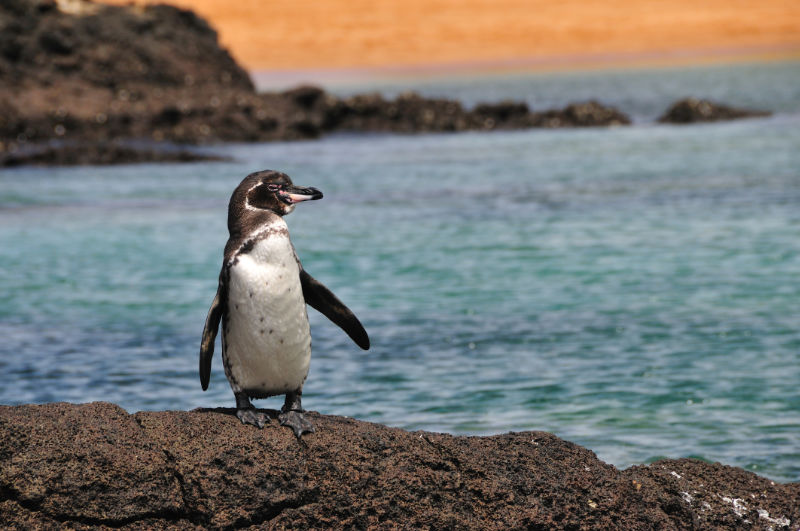
Name any variety of animal, and it’s odds-on the Galapagos Islands will have a version of it. The only penguin found (just) in the Northern Hemisphere, Galapagos penguins are the rarest of all penguin species, with an estimated 1,200 mature individuals left in the wild.
Basking in sunshine, the diminutive Galapagos penguin lives mainly around the islands of Isabela and Fernandina. In certain areas, it’s even possible to even swim with them – if you can manage to keep up.
Where emperors and chinstraps must protect their eggs from the polar winter, Galapagos penguins hide their eggs in rocky crevices to keep them from the warmth of the tropical sun. Preyed on by everything from short-eared owls to sharks, the Galapagos penguin’s life is not an easy one.
Australia and New Zealand
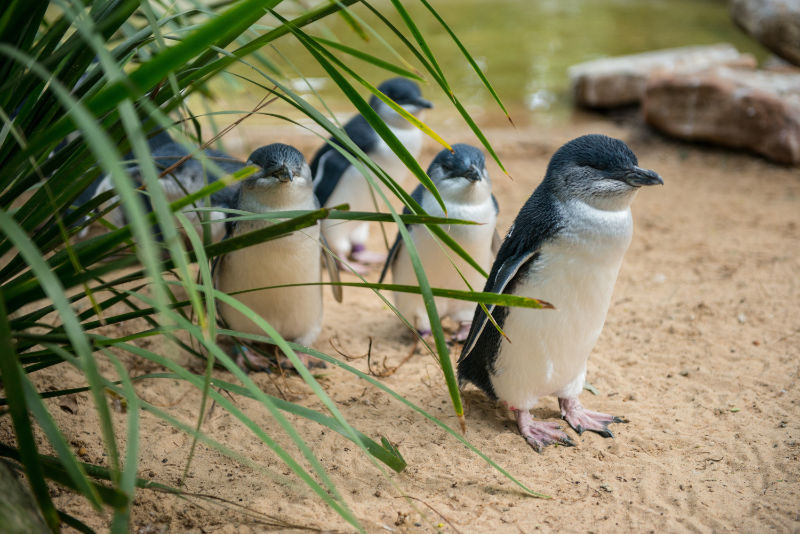
Native to Australia and New Zealand, the Little penguin the world’s smallest. Measuring 33cm tall and weighing just 1kg, they breed along the southern coastlines of Australia and New Zealand. These unbearably cute critters spend their days at sea chasing fish and miniature squid, and their little bodies are capable of diving a colossal 72 metres, according to the Penguin Foundation.
Extremely vulnerable to predators – obviously – little penguins make easy meat for feral cats, lizards and even rats, and at-risk colonies require fearsome protection. One Australian community was guarded by volunteers with sniper rifles, while another is protected by two giant Maremma sheepdogs.
One of the best places to view the blue and white creatures is on Phillip Island, Victoria, where they can be seen returning at sunset as part of a Penguin Parade. Tickets to the parade cost AUS$26.20 for adults. Book here.























































